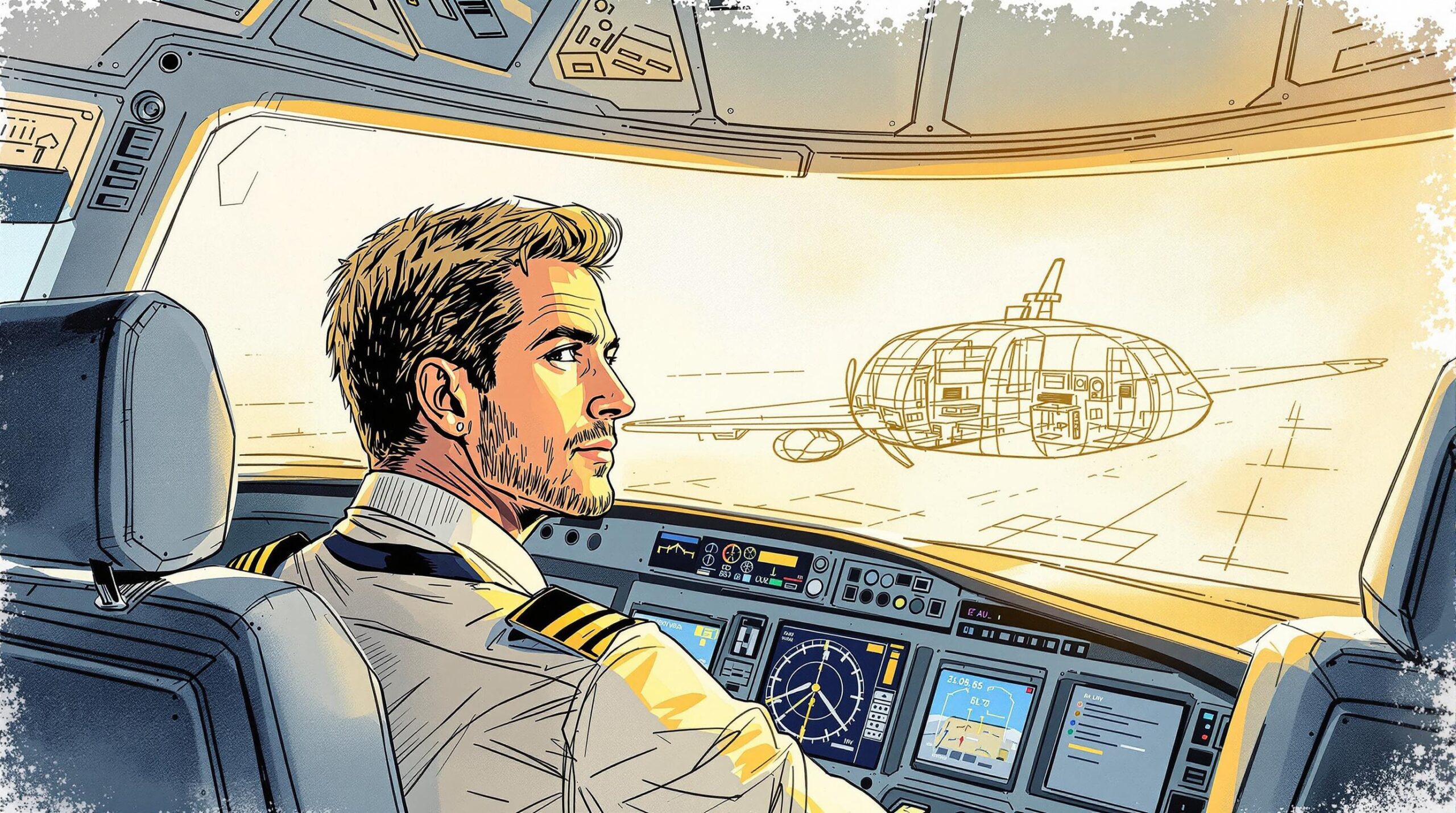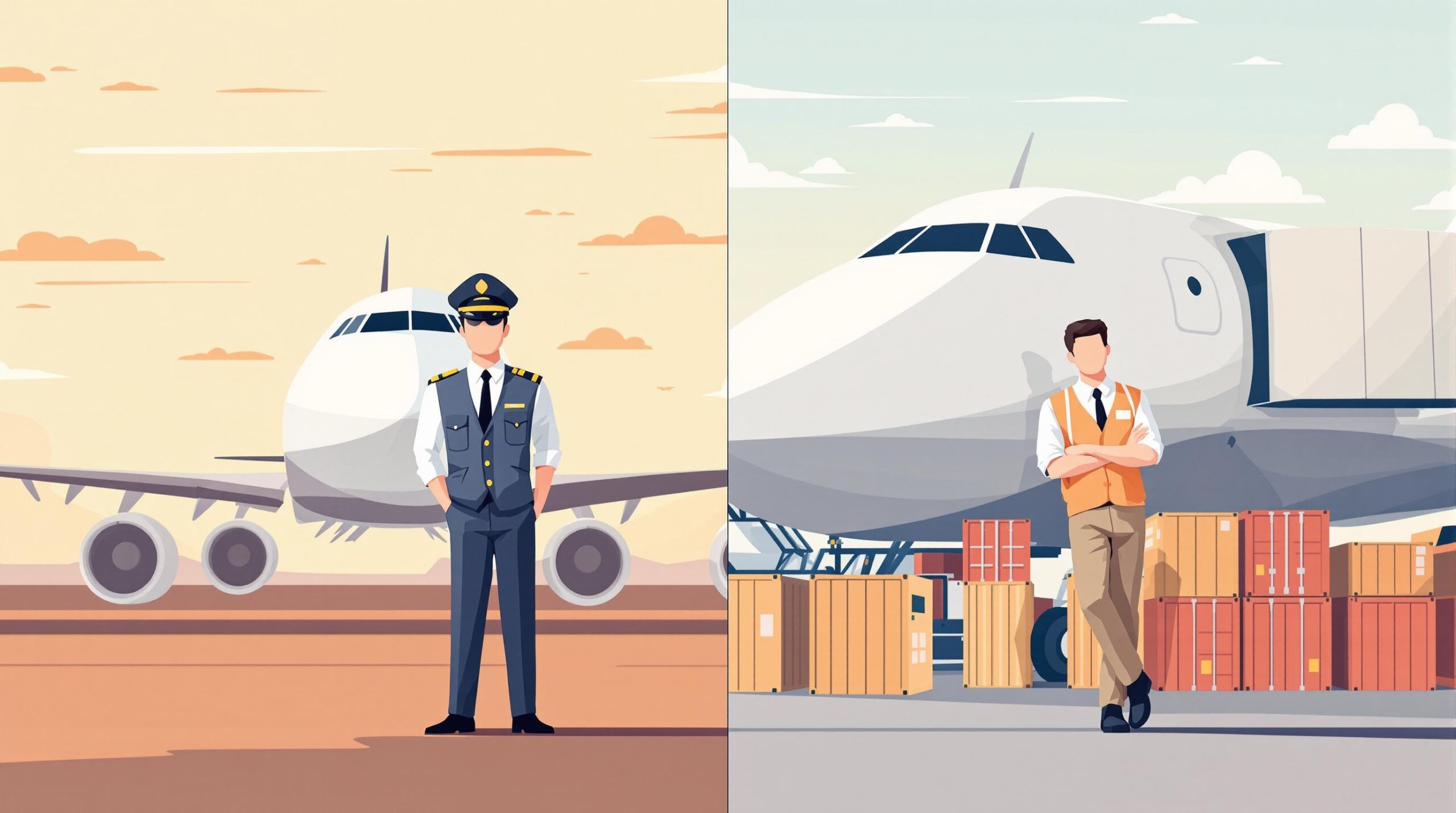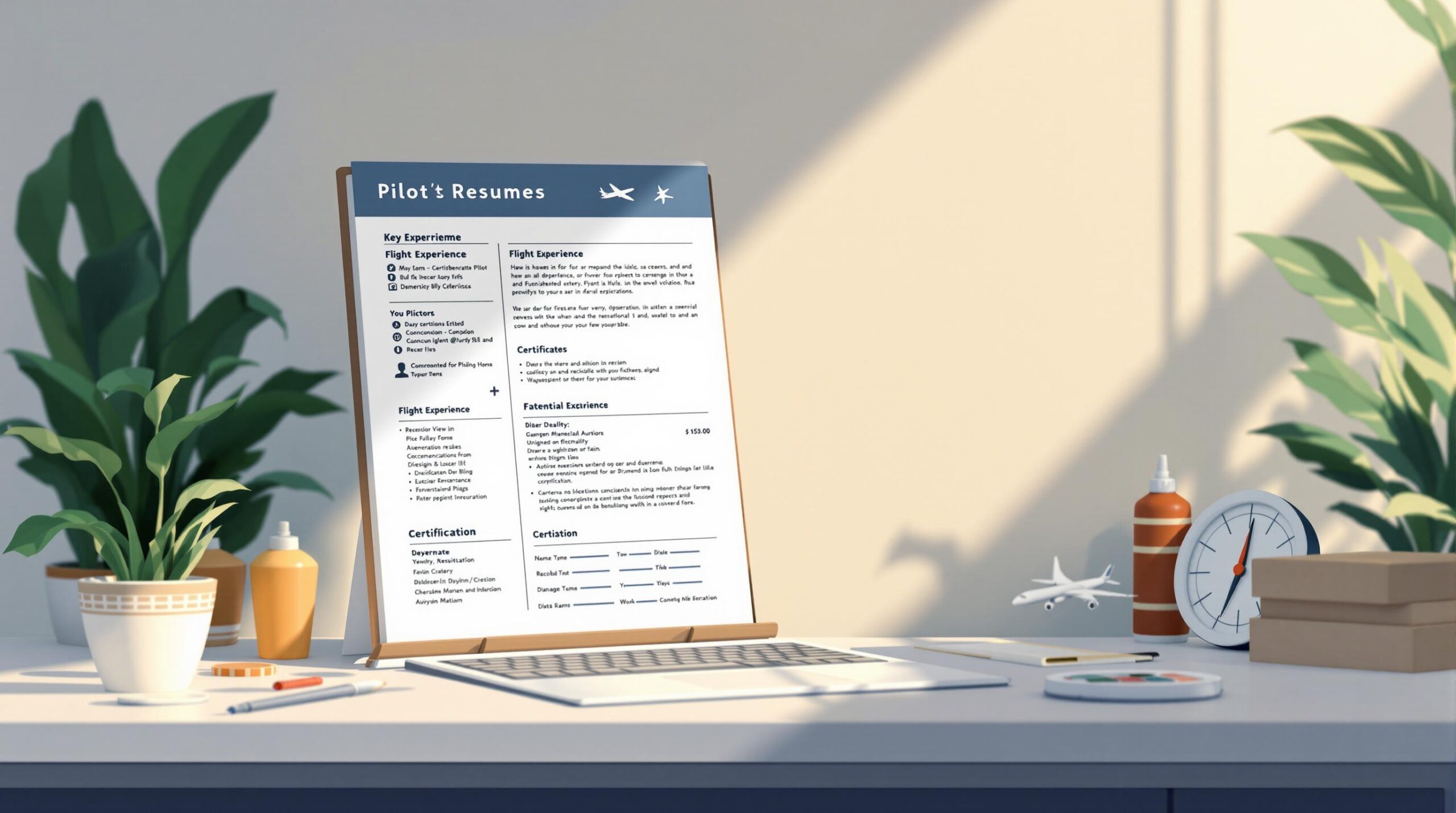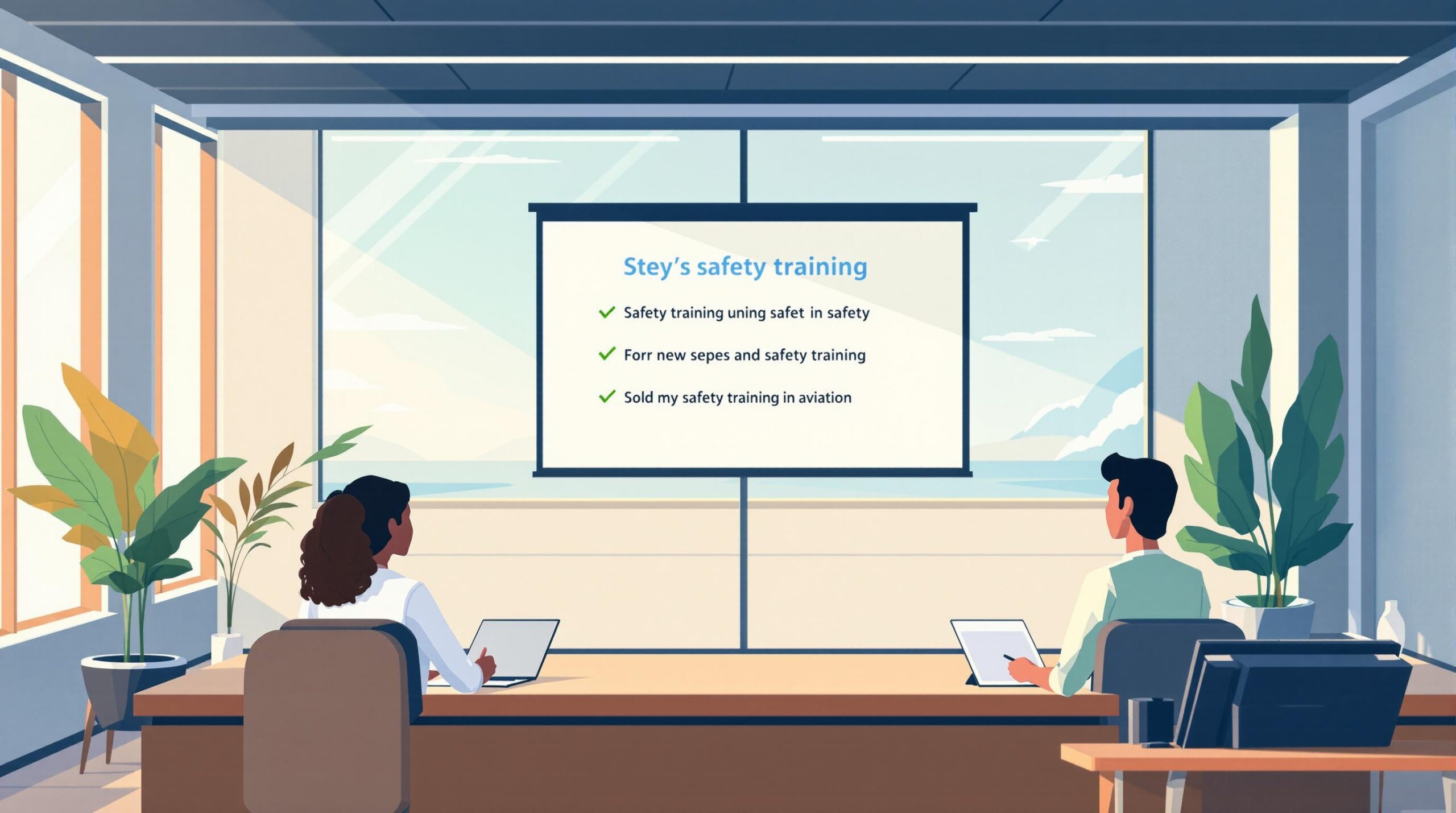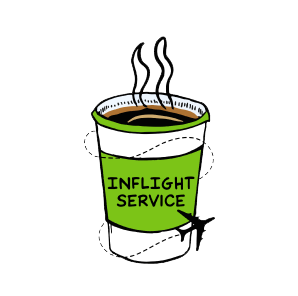Pilots are losing critical manual flying skills due to over-reliance on automation. While automation improves safety and reduces workload, it weakens hands-on flying abilities, situational awareness, and decision-making – skills essential in emergencies. The aviation industry must balance automation’s benefits with robust manual flying training to prevent incidents like the 2009 Amsterdam crash.
Key Points:
- Automation Pros: Reduces routine tasks, enhances safety, and improves efficiency.
- Automation Cons: Weakens manual flying skills and situational awareness, increases risks during system failures.
- Skill Gaps:
- Manual flying proficiency fades with limited use.
- Reduced situational awareness due to passive system monitoring.
- Slower decision-making during critical moments.
- Solutions:
- Regular manual flying practice during non-critical phases.
- Revamped training programs for emergencies and system failures.
- Monitoring pilot performance to tailor training needs.
| Aspect | Benefits of Automation | Risks of Overreliance |
|---|---|---|
| Workload Management | Reduces fatigue, simplifies tasks | Adds system management complexity |
| Flight Control | Precise navigation and efficiency | Loss of manual flying skills |
| Situational Awareness | Improved during routine tasks | Reduced in emergencies |
Pilots need balanced training to stay skilled in both manual and automated operations.
Automation in Aviation: Pros and Cons
Advantages of Automation
Automation has brought major changes to aviation, especially through tools like advanced flight management systems (FMS) and autopilot. These systems take care of routine tasks – like maintaining altitude and speed – giving pilots more time to focus on critical decisions. They also help optimize flight paths and fuel consumption, which saves costs for airlines and minimizes fuel use [1].
"Good automation reduces workload, frees attentional resources to focus on other tasks but the need to ‘manage’ the automation, particularly when involving data entry or retrieval through a key-pad, places additional tasks on the pilot that can also increase pilot workload." [1]
However, while automation simplifies many tasks, it can also add new ones. For example, pilots often need to manage these systems, including data entry, which can sometimes increase their workload.
Drawbacks of Overreliance on Automation
Relying too much on automation can lead to serious challenges. A study of experienced pilots, with an average of 17,844 flight hours, showed that although basic skills were intact, some manual flying abilities had weakened [2]. This happens because pilots spend up to 89% of their flight time using automated systems, leaving little room to practice manual control.
Another issue is situational awareness. Pilots who depend heavily on automation may focus more on managing systems than on monitoring key flight parameters. This can be risky in emergencies or when systems fail [1].
A tragic example is the 2009 Amsterdam B737-800 crash. The automated throttle system disengaged, but the pilots didn’t notice a critical speed drop, leading to a fatal crash [1]. Incidents like this underline the need to maintain manual flying skills in an automated cockpit.
| Automation Aspect | Benefits | Risks |
|---|---|---|
| Workload Management | Reduces routine tasks and fatigue | Adds new tasks, like system management |
| Flight Control | Ensures precise navigation and speed | Can lead to loss of manual flying skills |
| Safety Systems | Improves error detection and safety | May lower situational awareness |
| Flight Efficiency | Optimizes routes and saves fuel | Over-reliance during critical situations |
While automation has clear advantages, keeping pilots’ manual skills sharp is crucial for ensuring safety and effectiveness in the cockpit.
Aircraft Automation and the Degradation of Pilot Skills: Keeping Our Skies Safe
sbb-itb-de05b1b
Key Skill Gaps: Automation vs Manual Flying
Balancing automation and manual flying skills is crucial to ensure pilots remain capable of handling both automated systems and manual controls effectively.
Manual Flying Skills
The aviation industry’s dependence on automation has diminished pilots’ core flying abilities. A study by the Flight Safety Foundation found that frequent reliance on automated systems reduces pilots’ competence in basic manual control skills [2]. Limited opportunities to practice manual flying during routine operations weaken essential abilities like precise hand-flying and instrument scanning. These gaps become especially apparent when pilots are required to take manual control during critical moments.
Situational Awareness
Automation has shifted pilots’ roles from active controllers to system monitors, which has negatively impacted their situational awareness. This change has created challenges in maintaining a full understanding of the flight environment.
| Awareness Component | Impact of Automation | Associated Risk |
|---|---|---|
| Monitoring Critical Parameters | Less active scanning and engagement | Slower reactions to speed changes or anomalies |
| System Status | Over-reliance on automation interfaces | Missed crucial system updates |
This decline in situational awareness complicates decision-making, particularly in high-pressure situations where quick judgments are essential.
Cognitive and Decision-Making Skills
Automation reliance has also weakened pilots’ cognitive abilities. When systems fail or unexpected events occur, pilots may spend too much time analyzing automation alerts instead of focusing on immediate flight control needs [1].
Some of the main cognitive challenges include:
- System Diagnosis: Struggling to quickly identify the root cause of technical issues
- Workload Management: Difficulty prioritizing tasks during automation malfunctions
- Time-Critical Decisions: Slower reactions when urgent manual actions are needed
When automation fails, pilots must rapidly diagnose the issue and manage tasks effectively. However, over-dependence on automated systems can delay their response during critical moments.
Addressing these gaps requires focused training programs and thoughtful integration of automation to strengthen pilots’ skills.
Addressing Skill Gaps: Solutions and Strategies
The aviation industry faces challenges in bridging the skill gaps between automation and manual flying. To ensure pilots remain proficient in both areas, airlines need to adopt practical and focused strategies.
Training and SOP Adjustments
Airlines should revamp training programs to include more manual flying scenarios and emergency response drills. Key areas to focus on include:
- Smoothly switching from automated to manual control during emergencies
- Understanding the limitations of automation systems
- Regularly practicing hand-flying during non-critical flight phases
Standard Operating Procedures (SOPs) should also encourage balanced use of automation during critical flight phases. For example:
| Flight Phase | Recommended Automation Level | Purpose |
|---|---|---|
| Takeoff | Manual with flight director | Build basic flying skills |
| Approach | Flexible automation levels | Allow manual flying when conditions are suitable |
Monitoring and Evaluation
Using flight data monitoring systems, airlines can track how pilots interact with automation and evaluate their manual flying skills. This data enables tailored training programs based on individual needs.
Key areas to monitor include:
- Speed control during manual operations
- Precision in hand-flying techniques
- Reaction times during automation failures
- Decision-making under complex conditions
While these tools address technical proficiencies, pilots also need resources to enhance their overall career development.
Pilot Pathfinder: Supporting Pilot Growth

To help pilots balance automation and manual flying skills, platforms like Pilot Pathfinder offer valuable resources. With its logbook integration, pilots can track their experience across various automation levels, gaining insights for self-improvement. Additionally, its interview preparation tools help pilots showcase their expertise in both manual and automated operations during airline interviews.
Conclusion: Balancing Automation and Manual Skills
Key Points
Pilots can lose their manual flying skills in as little as two months without practice, highlighting the importance of maintaining a well-rounded training regimen. Incidents like the 2009 Amsterdam crash show how over-reliance on automation can lead to devastating outcomes. To address this, the aviation industry must focus on training programs that equally emphasize both advancing technology and core flying skills.
Future of Pilot Training
Mark Scerbo, a human-factors expert, sheds light on a critical issue known as the ‘automation paradox’:
"The irony behind automation arises from a growing body of research demonstrating that automated systems often increase workload and create unsafe working conditions" [3].
To address this challenge, future training programs should focus on:
- Regularly practicing manual flying during non-critical phases of flight
- Combining automation with manual flying exercises to create a balanced approach
- Developing cognitive skills to strengthen situational awareness and decision-making
Aviation safety depends on preparing pilots for both automated and manual tasks. By striking this balance, pilots can remain skilled in all aspects of flight operations while ensuring critical manual flying abilities are not lost.
